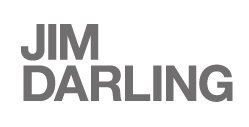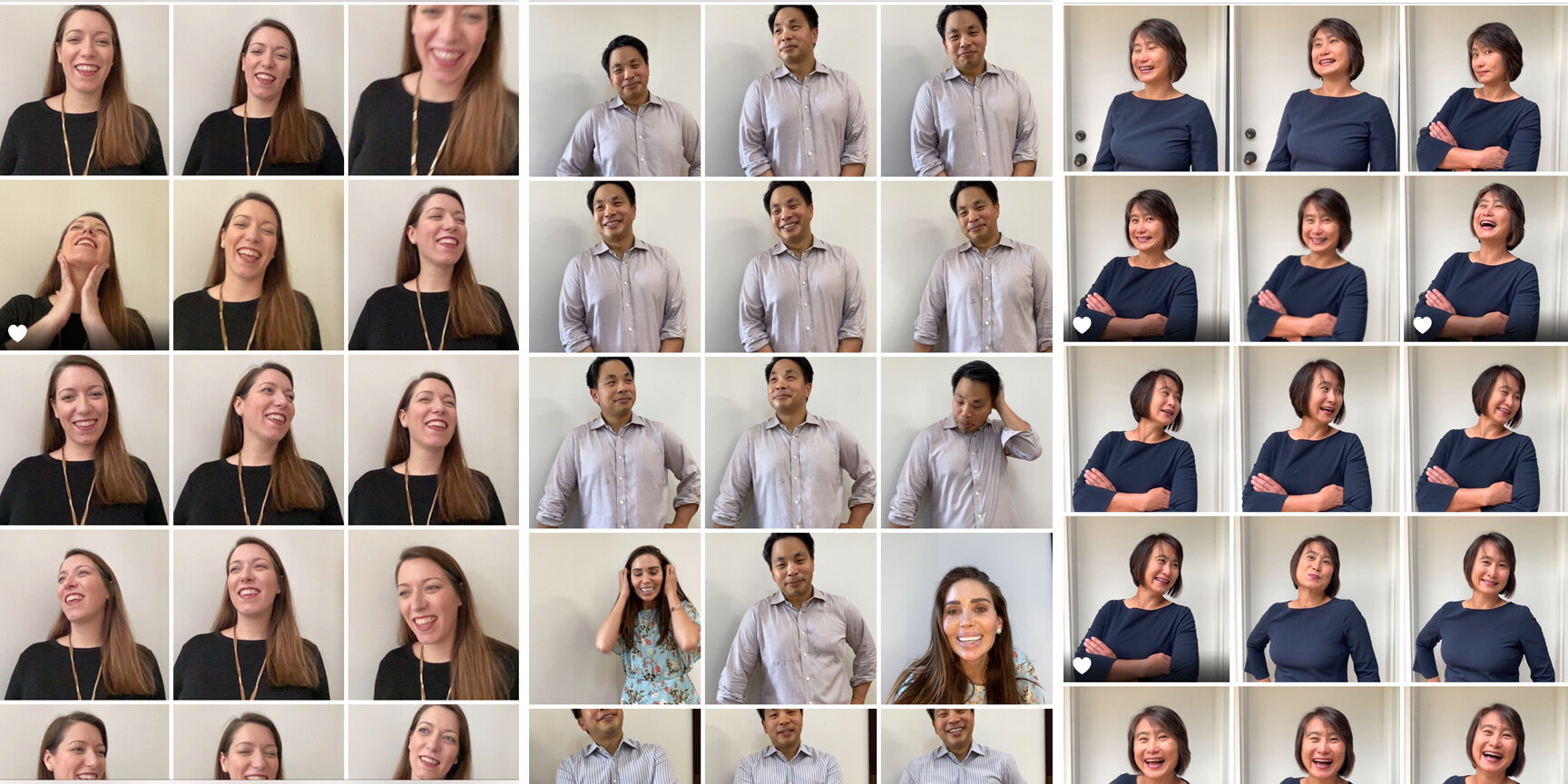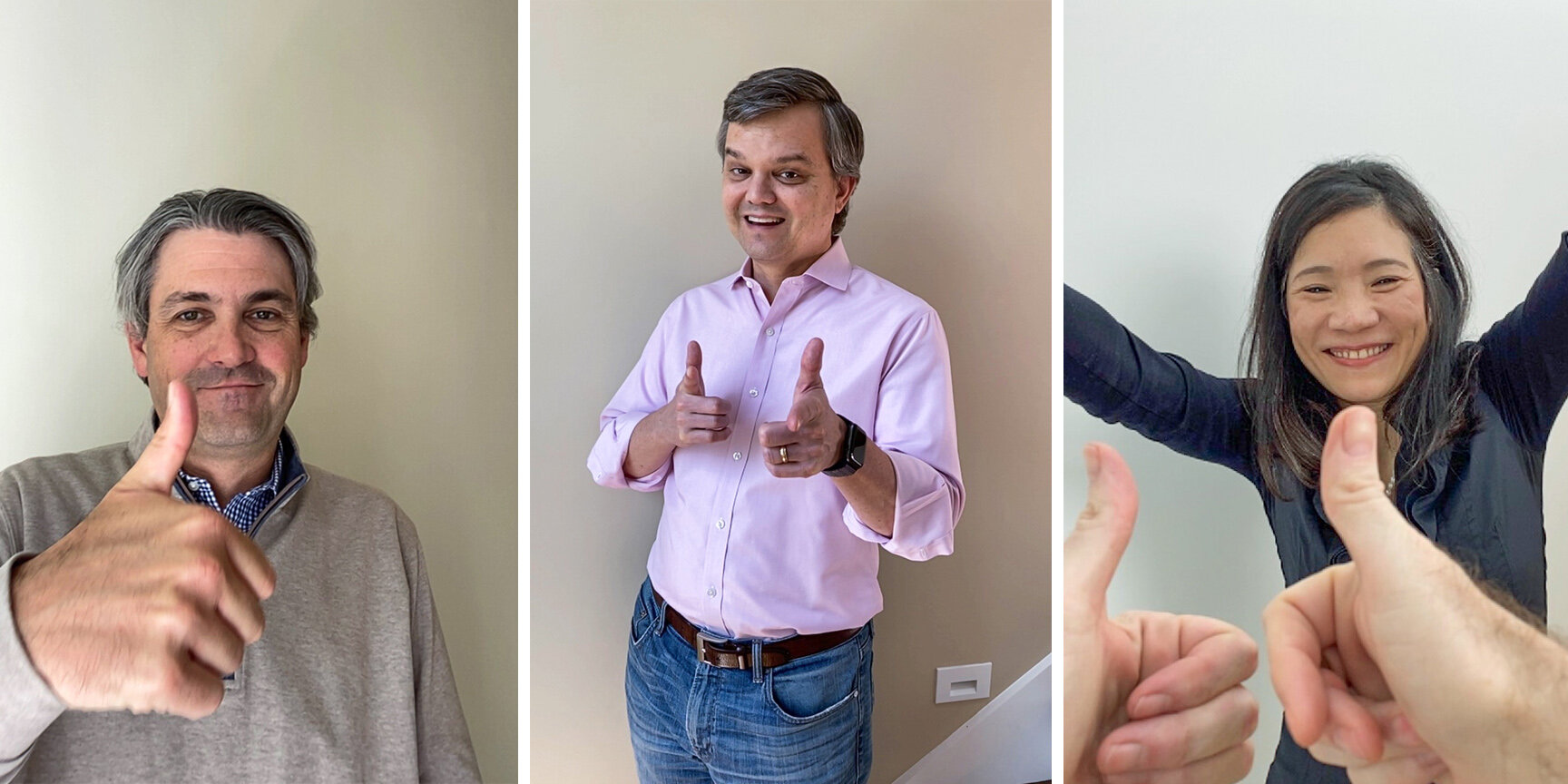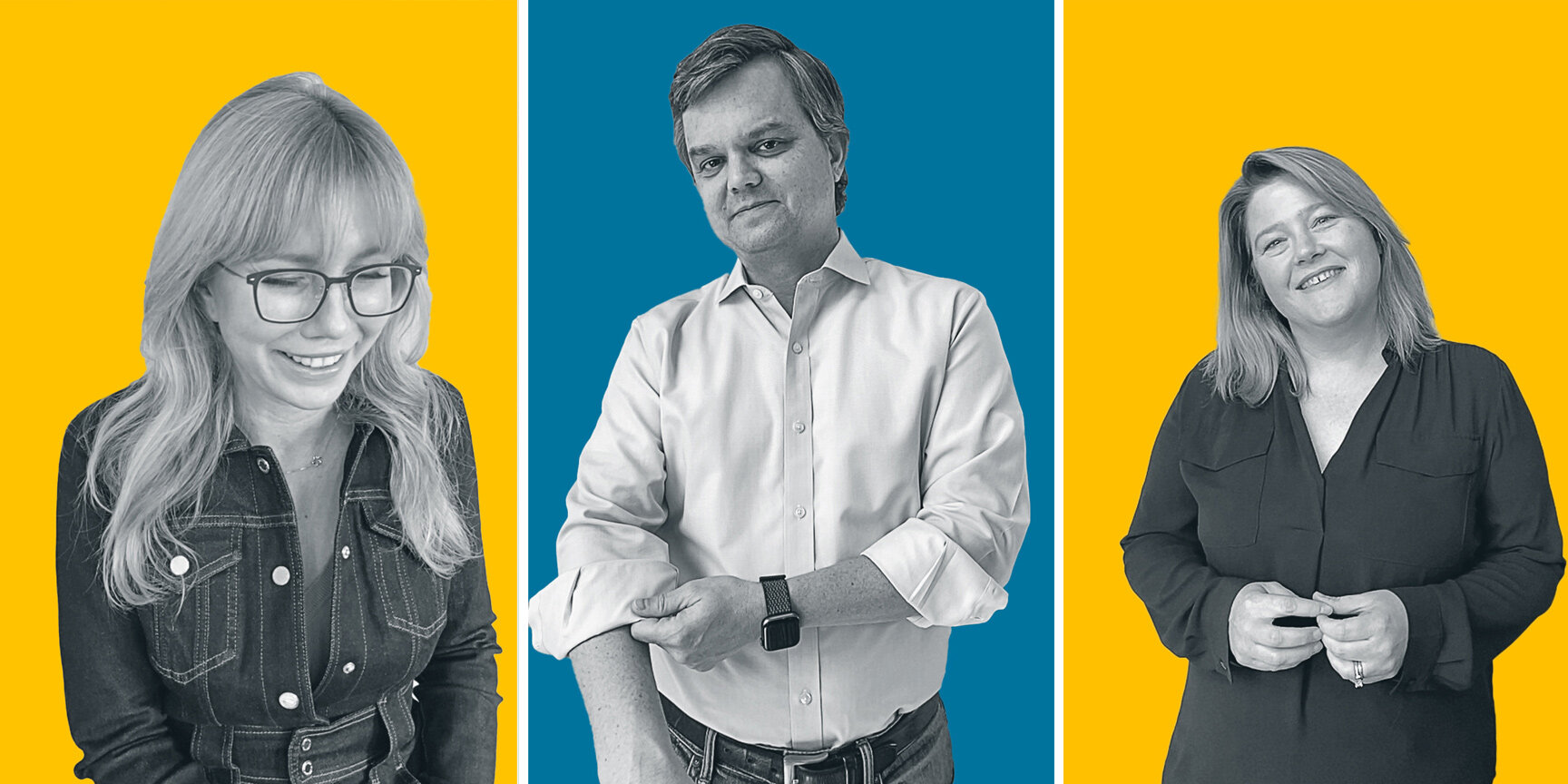FaceTime Headshots Are A Thing Now
Three weeks into Colorado’s Stay-At-Home order, and almost a month since my last job (and all future jobs canceled), I was contacted by a creative firm in Chicago that was interested in creating headshots over FaceTime for their client in San Francisco. They said they had been doing some research about this and came across my name in a related article but to this day I don’t know that such an article exists. I had never done anything like this. But a job? Yes, please.
More details will follow the images at the end if you’re really interested.
THE JOB:
23 headshots via FaceTime of staff members over 3 shoot days.
THE TEST SHOOTS:
First batch of test shots sent on April 16: Katie J. (Denver), Richard (Virginia) and Cal (New Jersey).
Test shots continued: Katie J. (Photographing my iPhone with my DSLR but luckily that idea was scrapped by the client.), Katie D. (Denver), Tiffany (Denver).
The best photos were achieved from having a lot of natural, diffused light and a strong network connection. See Tiffany above.
THE PROCESS: I was on a Zoom call with the Creative Director and Lead Designer in Chicago, and the Director of Marketing in San Fransisco when I made the FaceTime calls. Text below is the process from the client:
• Jim will FaceTime staff member at the number on the spreadsheet.
• Jim will share his FaceTime screen so everyone else can see.
• Any communication to Jim should be through the chat feature on Zoom, because it is hard to hear both ways when he is on both platforms.
• Similar to a traditional shoot, we should let Jim continue to direct and he will allow person to take breaks while he reviews direction from the team.
• Jim will be the ONLY one that staff member hears giving direction.
• If the team is feeling like we have plenty of options, through the chat we can give Jim the “ok to move on”.
SHOOT DAY(S)!
Subjects would have a partner, their children or a tripod hold the iPhone as I directed them around their space. Sometimes a partner would make an appearance while I gave them instructions. This always loosened things up and made the process fun.
I averaged about 50 frames per person, in about 15 minutes total time. This is included introductions and finding the right spot to shoot.
Everyone was generally excited or intrigued by the shoot. We all recognized the absurdity of our situation and had fun with it!
Kids made appearances too!
Favorite selections were made.
Final edits based on the client’s concept were made and PSD files were delivered.
THE TIMELINE:
April 14: Initial e-mail from client.
4/15: Test shots requested.
4/16: Test shots delivered.
4/21: Estimate sent.
4/28: Estimate accepted and project was a go!
May 1: First meeting with clients
5/8: Shoot schedule created. Updated: 5/11
5/12 & 13: Plan B for Android users & test shoots.
5/13 & 5/18: Client logistics meetings.
SHOOT DAY!: 5/19 10:00 AM – 1:00 PM
Shoot Day #2: 5/20 10:00 AM–4:00 PM
Shoot Day #3: 5/21 10:00 AM–5:45 PM
5/25 – 6/8: Proofing, Selects, Post & Delivery
FINAL THOUGHTS:
I had seen a few examples of this already showing up on Instagram, from John Keatley and Tim Dunk most notably, and figured I understood how to do it and it shouldn’t be too difficult. But until you start diving into creating a real shoot and understand there are settings to configure and major logistics and scheduling to consider, you really have no idea.
WHAT DO I CHARGE?
Good question. Here’s where a great deal of the learning took place. When I submitted my estimate the thought that drove me to a price was that since these won’t be high quality images, I wont have to leave my home, and no real equipment except my phone was needed (I ended up using my iMac) , there’s no way I could charge my normal headshot fees. I simply reduced the price by X% because that seemed fair.
But I never could have anticipated the time it would take testing and planning, or the logistics involved when organizing 23 individual FaceTime calls across three time-zones — which thankfully Chicago organized — before we ever shot our first photo. Beyond the time it took to organize, I really believe that a photographer’s skills and the value of the photos are the same as if it was a “real” shoot and I’d take that into consideration next time.
TECHNICAL TAKEAWAYS:
This process will only take a LIVE photo — the ones that are essentially a 3 second video. Apple decides what the default image is and sometimes that isn’t the best or sharpest capture. So our first challenge regarding reviewing and selecting proofs was the time it would take to review each image.
Both parties really need to have an Apple device if you are truly going to take “FaceTime” portraits.
Luckily only two people were known to have Android phones. In trying to find a solution before shoot day I did more test shoots with people with Samsung products using GoogleDuo. This worked as a video call just fine, but the captured image was very poor quality and what you got was a photo of you AND the call recipient in a split screen and that didn’t work. Crises were averted when it came to shoot day as they each were able to gain access to someone else’s iPhone.
CONCLUSION:
Portrait photography really is about connection first, and the camera second.
I really did enjoy spending time with these 23 strangers and sure, not everyone was comfortable with this “new normal” at first, but most of them warmed up to the process and could not have been more accommodating or professional.
I was fortunate to have my first real in-person photoshoot since March on June 2nd and work is slowly returning at the time of this posting. But don’t hesitate to reach out if you think a FaceTime portrait shoot sounds right for you. I know we’ll have fun with it!












